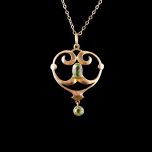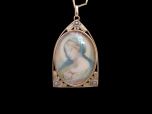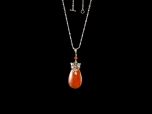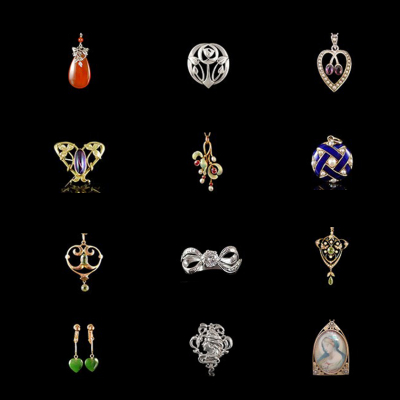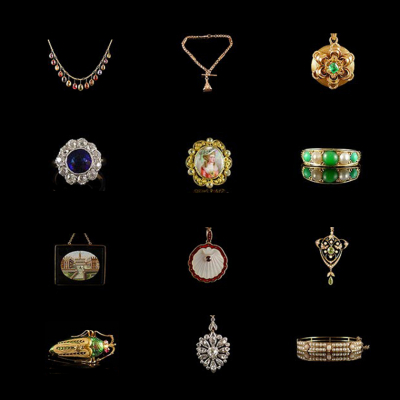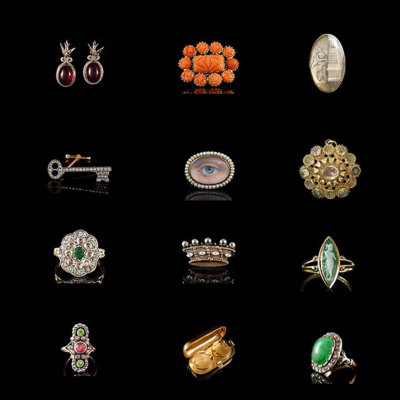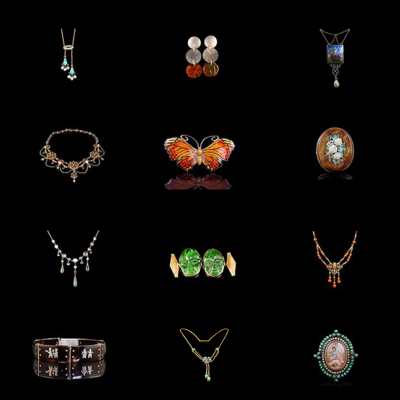ART NOUVEAU JEWELLERY (1895-1915)
Designed by Rene Jules Lalique in France and other jewelers in America, Art Nouveau jewellery features natural designs such as flowers and butterflies. Louis Comfort Tiffany made archetypal Art Nouveau pieces, and his pieces are highly sought after today. Art Nouveau was a style popular from roughly 1895 until World War I.
The Art Nouveau movement actually began around 1875 in Paris and flourished through the mid 1880’s to spread through Europe and America. The movement eventually died out by the end of World War I, but has since continued to be revived throughout the contemporary ages. Art Nouveau jewellery follows curves and naturalistic designs, especially depicting long-haired, sensual women sometimes turning into birdlike or flowerlike forms. Art Nouveau jewellery was also influenced on naturalism, involving unusual designs within a symmetrical frame encompassing foliage, leaves, enamel, pearls and gemstones.
Overall the Art Nouveau movement was a romantic one, of imaginary dreaminess, with long limbed ethereal beauties. Magnificent floral and botanical forms often worked in enamel were inexpensive and became so popular once mass-produced, that the Art Nouveau style declined. As an art movement today, the style is still admired and followed by new young jewellers. Art Nouveau vintage jewellery is also popular amongst many collectors.
During the 1880’s Samuel Bing in Paris and Arthur Lasenby Liberty in London both ran specialist galleries in decorative arts. Liberty went on to launch designs by Archibald Knox. In America Tiffany’s were introducing new designs, whilst in Europe Rene Lalique established his reputation at the Paris Salon Exhibitions of 1895/96/97. In 1884 a German Ernest Murrle, settled in London and was the founder of Murrle Bennett & Co a competitor to Liberty. Further names who influenced the Art Nouveau Antique jewellery circuit were Child & Child (Walter and Harold Child), Charles Horner, Sibyl Dunlop, Theodor Fahner, Dorrie Nossiter and Georg Jensen.




